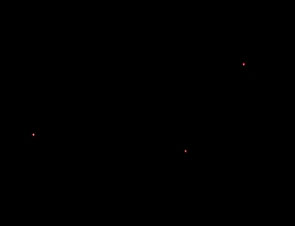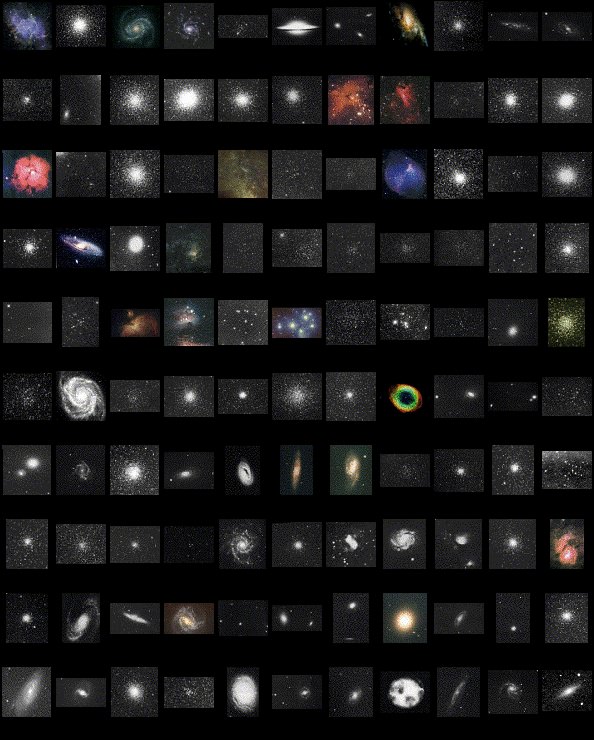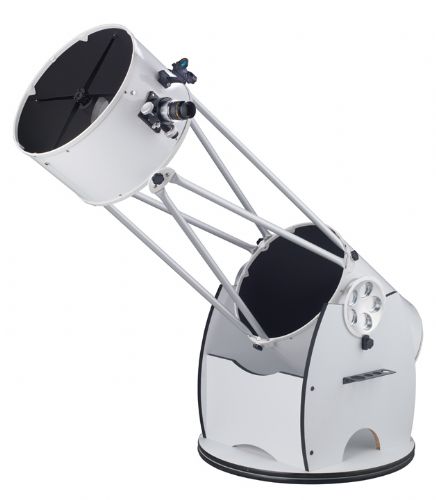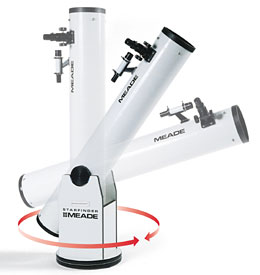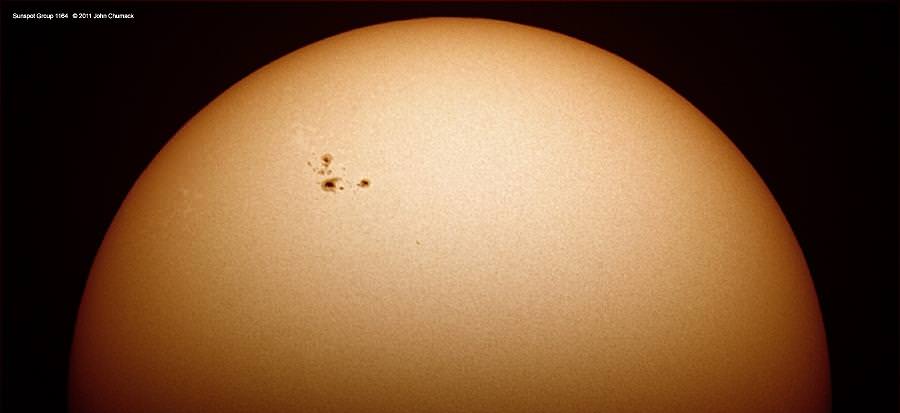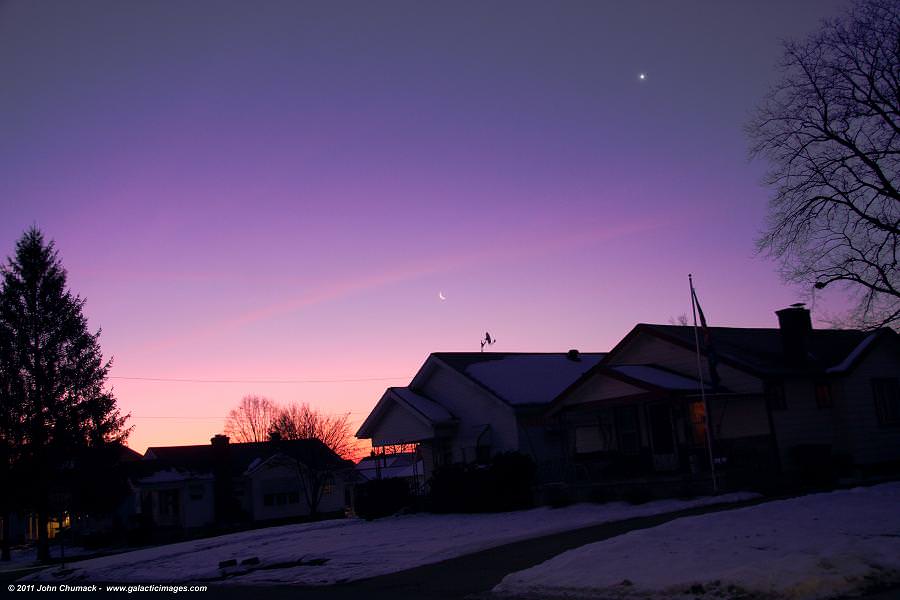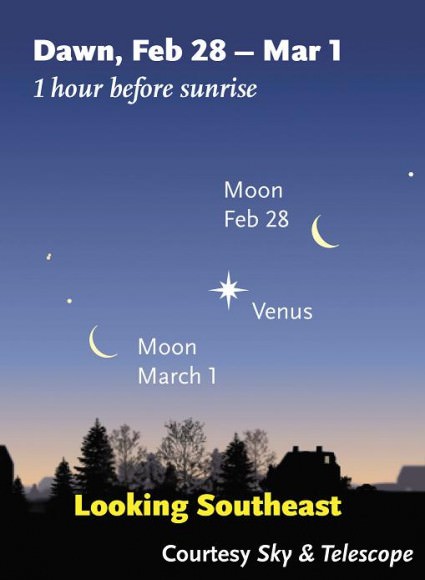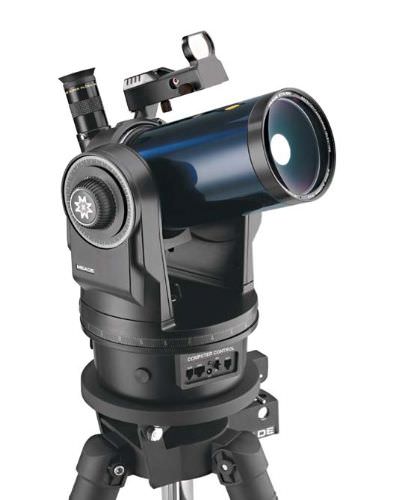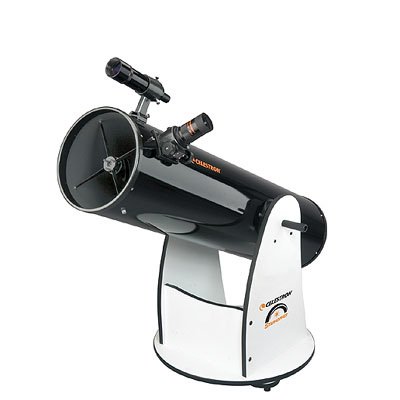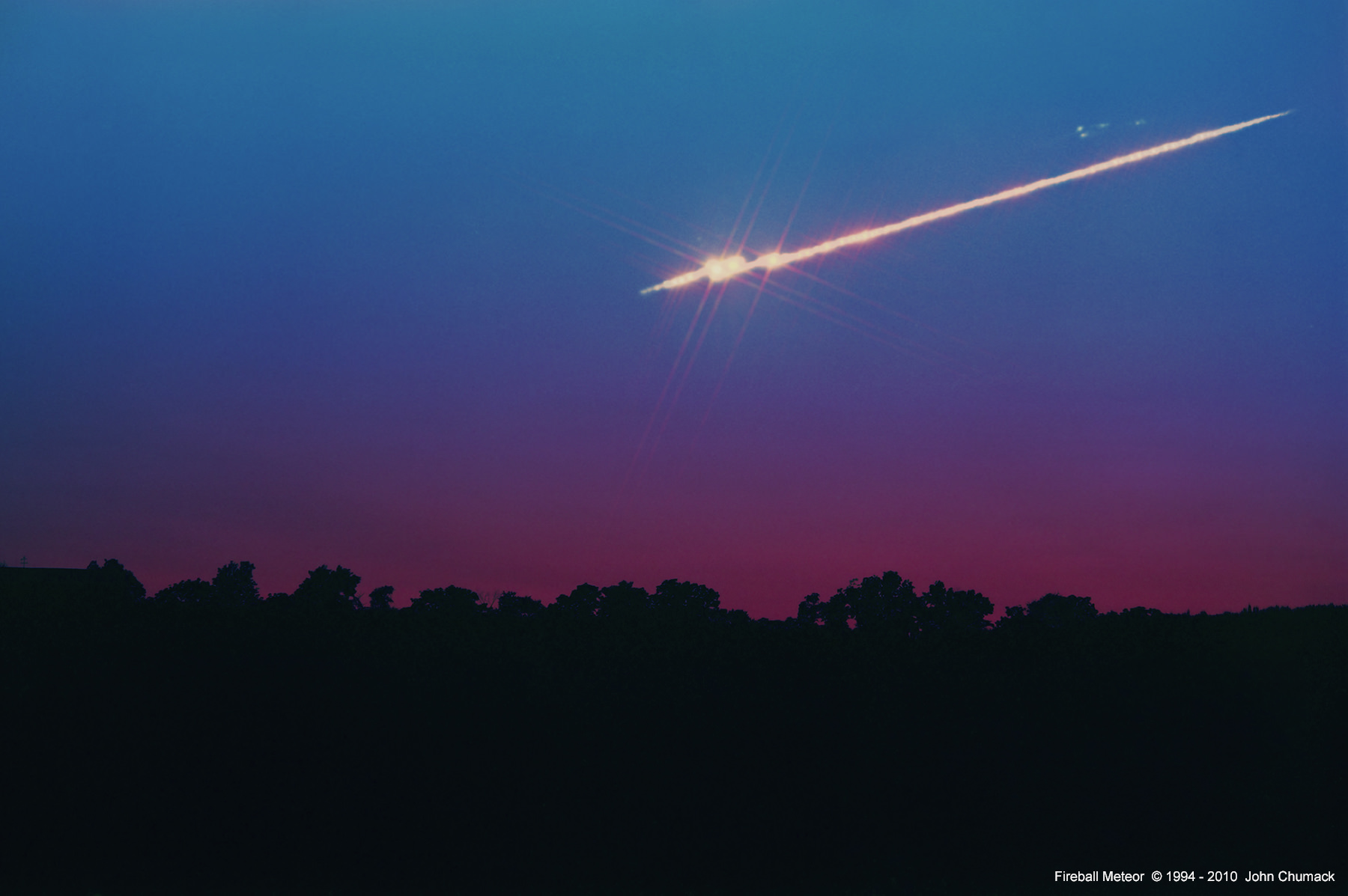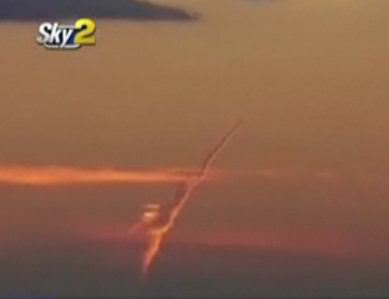[/caption]
Apparently I have a reputation as a debunker. When I first started writing for Universe Today, Fraser told me to feel free to do articles relating to skepticism. I haven’t much, but I’ve been asked to cast a skeptical eye on the topic of UFOs and aliens, especially given a recent sighting which made it onto Good Morning America.
My general opinion on UFOs is that there’s really just not enough evidence to say whether or not the people making claims about them are right. In fact, there’s so little coherent evidence that it’s more apt to say that they’re “not even wrong“. In such cases, I generally find the topic uninteresting and not worthy of attention. I could address them as an exercise with Occam’s razor, but that’s been done to death. Instead, there needs to be something else that makes the topic worthy of addressing. Coincidentally, this case does.
Typically, there’s two additional reasons I’ll discuss such a topic. The first is if such baseless belief causes demonstrable harm (such as recent doomsday criers convincing people to give up their homes and family to go on a fire and brimstone tour of the US to proclaim The End). With UFO buffs, this isn’t a concern generally.
The other reason I’ll discuss something is if I notice a particular logical fallacy that’s worth exploring in its own right. In watching a few of the videos related to the one shown on Good Morning America, I found another one that I think does a good job of highlighting the willingness to jump to conclusions. In this clip, an awestruck spectator is stunned by the lights because they form “a perfect triangle”. I’m teaching a geometry course this semester and I’ve been dealing a lot with triangles, but I’m not quite sure what he means. By definition, a triangle is simply a polygon with three sides, which meet at three points. Pick 3 points anywhere and you’ll be able to form a triangle by connecting the dots. Thus, all you need to form a “perfect” triangle is 3 points. There’s nothing inspiring about that.
To give the guy as much credit as possible, I’ll assume that the guy meant “equilateral” which would mean that each side is perfectly equal. This would be slightly more interesting. It would mean they were each affixed to a larger body to keep them at just the right distance, or, they were each manipulated independently to remain in the right formation. Still, neither of these tasks is especially impressive (I’m more impressed by the Blue Angels keeping formation at supersonic speeds), but before we need to consider that, we should be asking an even more fundamental question: Is the triangle actually equilateral?
Quickly taking a screen cap and importing it into a drawing program in which I can trace on some lines shows immediately that it doesn’t look at all equilateral. But there’s a good reason for that: We’re seeing it at an inclination and objects will look very different depending on your particular point of view . What we’re really seeing is a two-dimensional projection of a shape in three-dimensions. The closer to the plane of the triangle you put your eye, the flatter it looks. Rotate it and the third point will seem to shift relative to the other two. In other words, we could very easily have an equilateral triangle projected in such a way that it looked just like the one the spectators saw. But at the exact same time, any triangle, equilateral or not, could be viewed in such a way to replicate that projected shape.
Why then, did this fellow claim it was a “perfect triangle”? Simple: He had prior expectations. He couldn’t know, but mentally, he could envision it being “perfect” and his mind seized on that solution, ignoring all others and manufacturing details that didn’t necessarily follow from the observations. Sound familiar?
Ultimately, we can’t say what these lights were (although I find the road flares on balloons explanation to be simple and fit perfectly with all observations thus passing the test of parsimony). And I think that’s the important note: We don’t know. But let’s at least be knowledgeable and honest enough to admit what we don’t.

